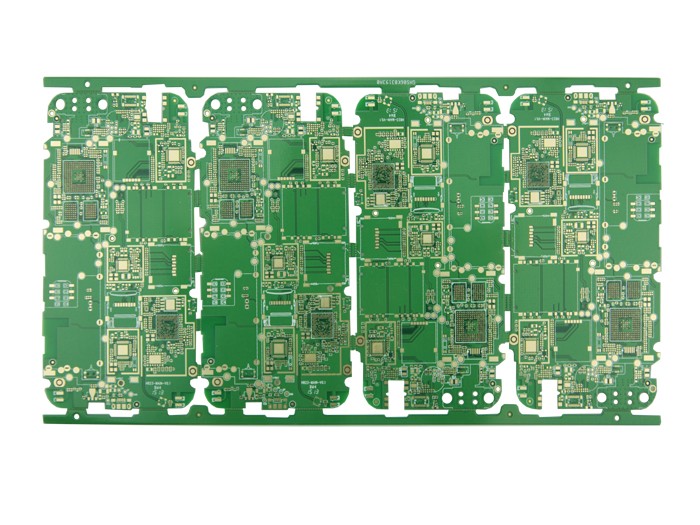In the PCB board, the difference between the manufacturing material of the PCB board is nickel gold and electric nickel gold as follows.Different PCB manufacturers use different materials.

1. Different processes
Immersion nickel gold process: firstly deposit about 120-200μ" thick nickel layer on the copper surface by autocatalytic reaction, and then replace the gold from the solution to the nickel surface by chemical displacement reaction in the gold cylinder, and the gold layer will completely cover the nickel layer, Its thickness is generally controlled at about 1-3μ". The upper limit of its thickness can be as high as 10μ" through time and other control. Electro-nickel-gold process: electrochemically plate a layer of about 120-200μ" thick nickel on the copper surface by applying electricity. It is plated with a layer of about 0.5-1μ" thick thin gold. The thickness can be as high as 50μ" or more by controlling the time and current. Immersion nickel gold has a very uniform thickness through chemical deposition, while electroplating nickel gold has poor thickness uniformity. 2. Different signal transmission capabilities
The electro-nickel-gold process uses a nickel-gold layer as a resist layer, that is, there will be a nickel-gold layer on all lines and pads. The signal transmission at high frequencies basically passes through the nickel-gold layer, and the "skin effect" is dry. Deflection will seriously affect signal transmission. The immersion nickel-gold process only has a nickel-gold layer on the welding PAD, and there is no nickel-gold layer on the line, and the signal will be transmitted on the copper layer. Its signal transmission ability under the skin effect is far better than that of the nickel layer.
3. Different process capabilities
The electro-nickel-gold process uses a nickel-gold layer as a resist layer. After etching, there is a nickel-gold overhang on the side of the circuit. This overhang is easy to collapse and break to form a short circuit. The thicker the copper, the higher the risk, which is extremely unsuitable for dense circuit design. The nickel-gold process is produced after the circuit and solder mask are formed. The nickel-gold layer is only attached to the surface of the pad. The dense circuit under the solder mask has no nickel-gold layer, so it does not affect the dense circuit design.
4. Different coating structure
The electro-nickel-gold process has fine and regular crystals of the nickel-gold layer coating, while the nickel-gold process has large crystal grains and is amorphous.
5. Different coating hardness
Use the micro Vickers hardness tester to test the hardness of the gold and nickel coatings of the two treatment methods. Regardless of the gold layer or the nickel layer, the electro-nickel gold is higher than the immersion nickel gold, and the gold coating is about 7% higher than the nickel coating. It is about 24% higher.
6. Different solderability and wetting
According to the method specified in the standard IPC/J-STD-003B "Technical Requirements for Solderability of Printed Boards", the solder wettability test was performed, and the wetting time (zero-crossing time) of the two samples was basically the same. However, as the welding continues, the wettability speed of immersion nickel gold is faster than that of electro-nickel gold. The reason is that on the one hand, the crystalline particles of the nickel-gold immersion process are coarse and amorphous, which makes the dissolution and diffusion faster. On the other hand, the hardness of the coating is also an important factor affecting the wettability. As the hardness increases, the wettability will gradually decrease. .
7. Different reliability risks
The immersion nickel gold process has a certain porosity due to the coarse and amorphous crystals in its structure. Porosity will cause oxidation and the nickel layer will not be effectively protected and corrode. The so-called black nickel needs to increase the thickness of the gold layer to compensate. Due to the fine crystallization of the plating layer, the electro-nickel gold process generally does not occur black nickel phenomenon, and the reliability is high. The thickness of the gold layer is only half or even thinner than the thickness of the immersed nickel gold layer.